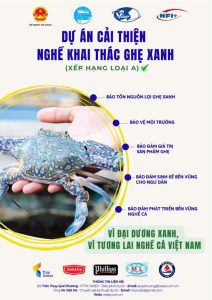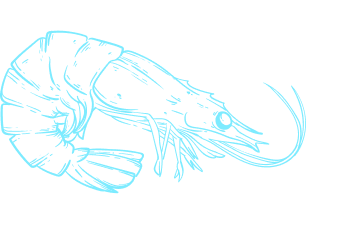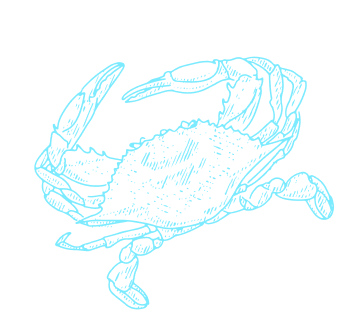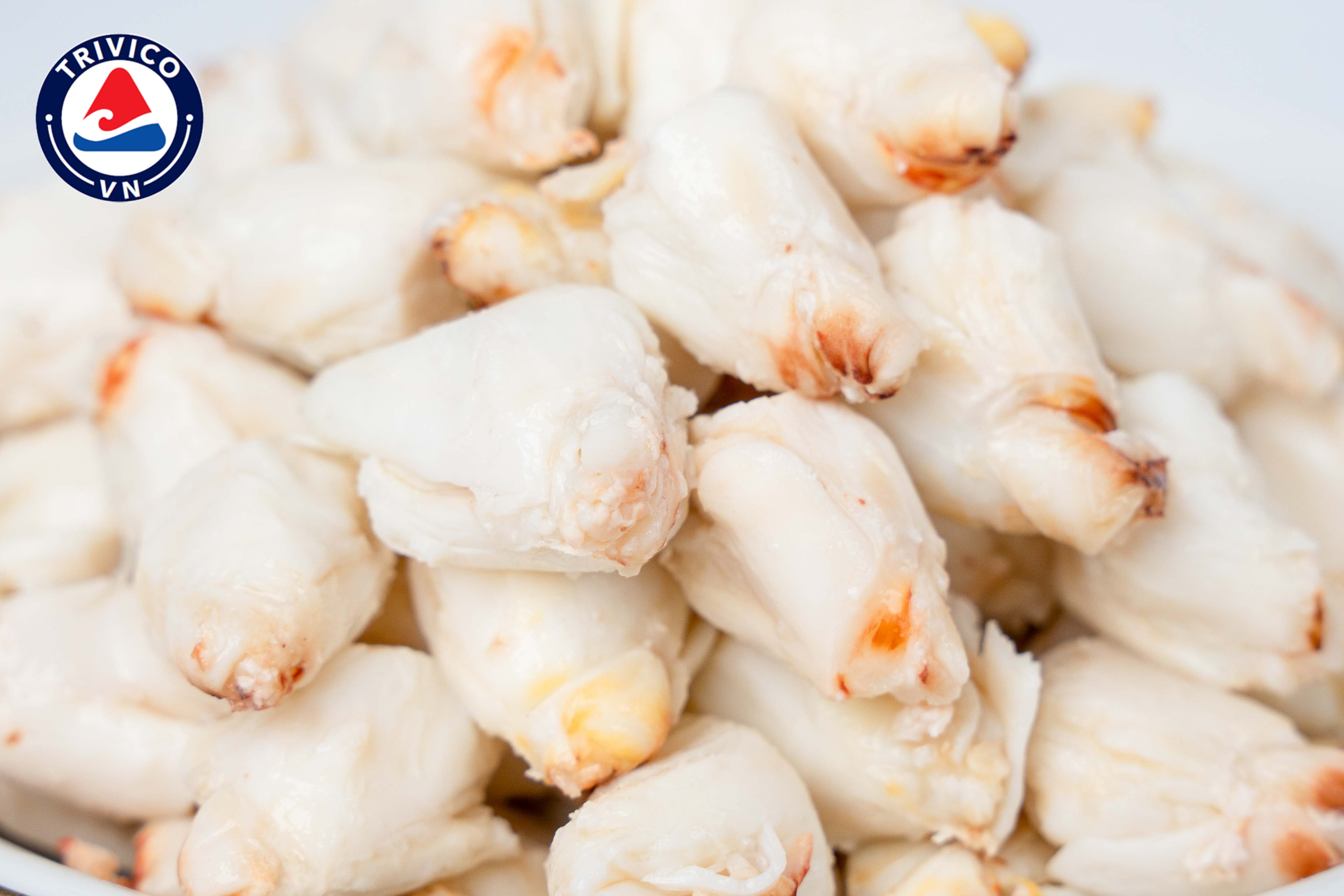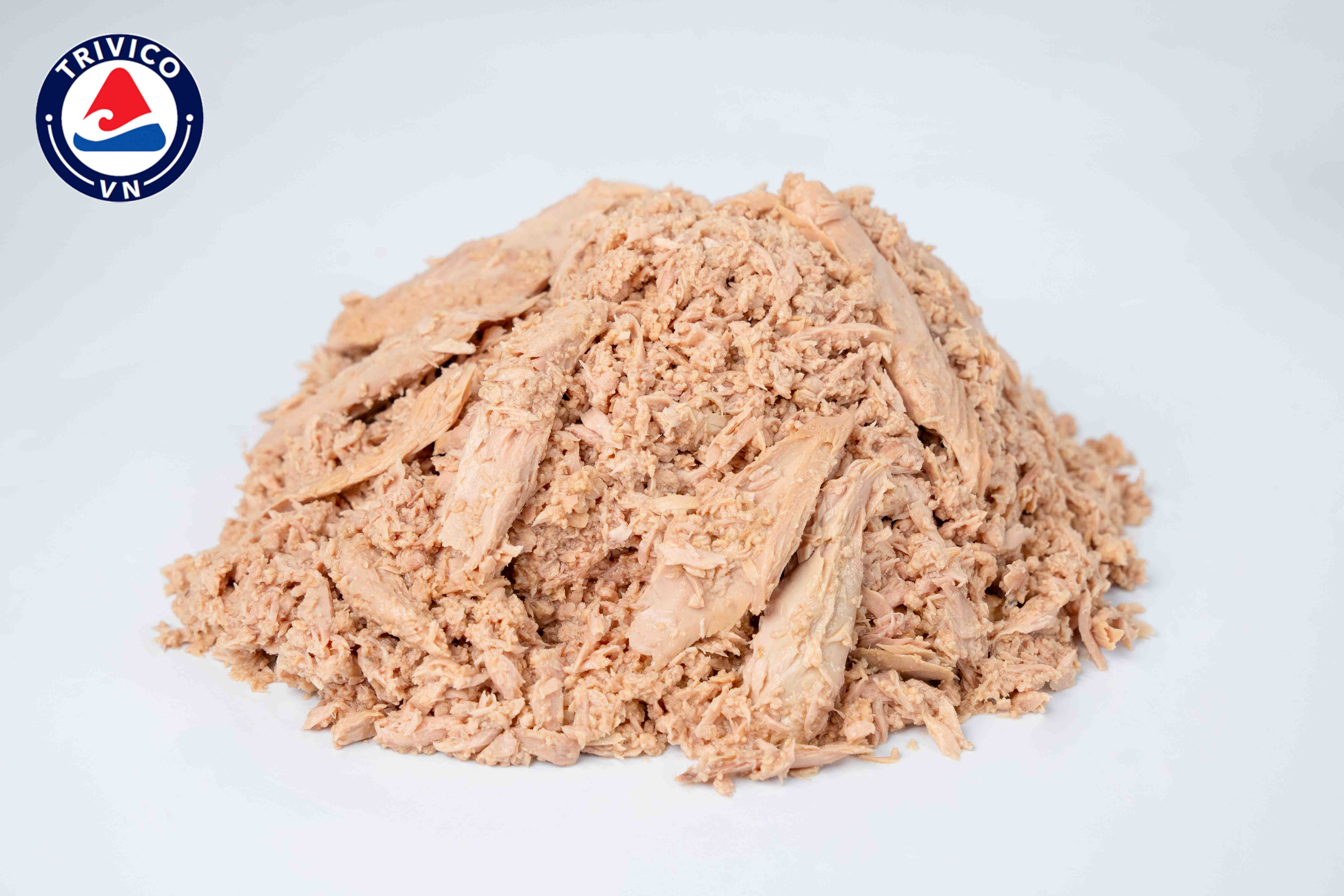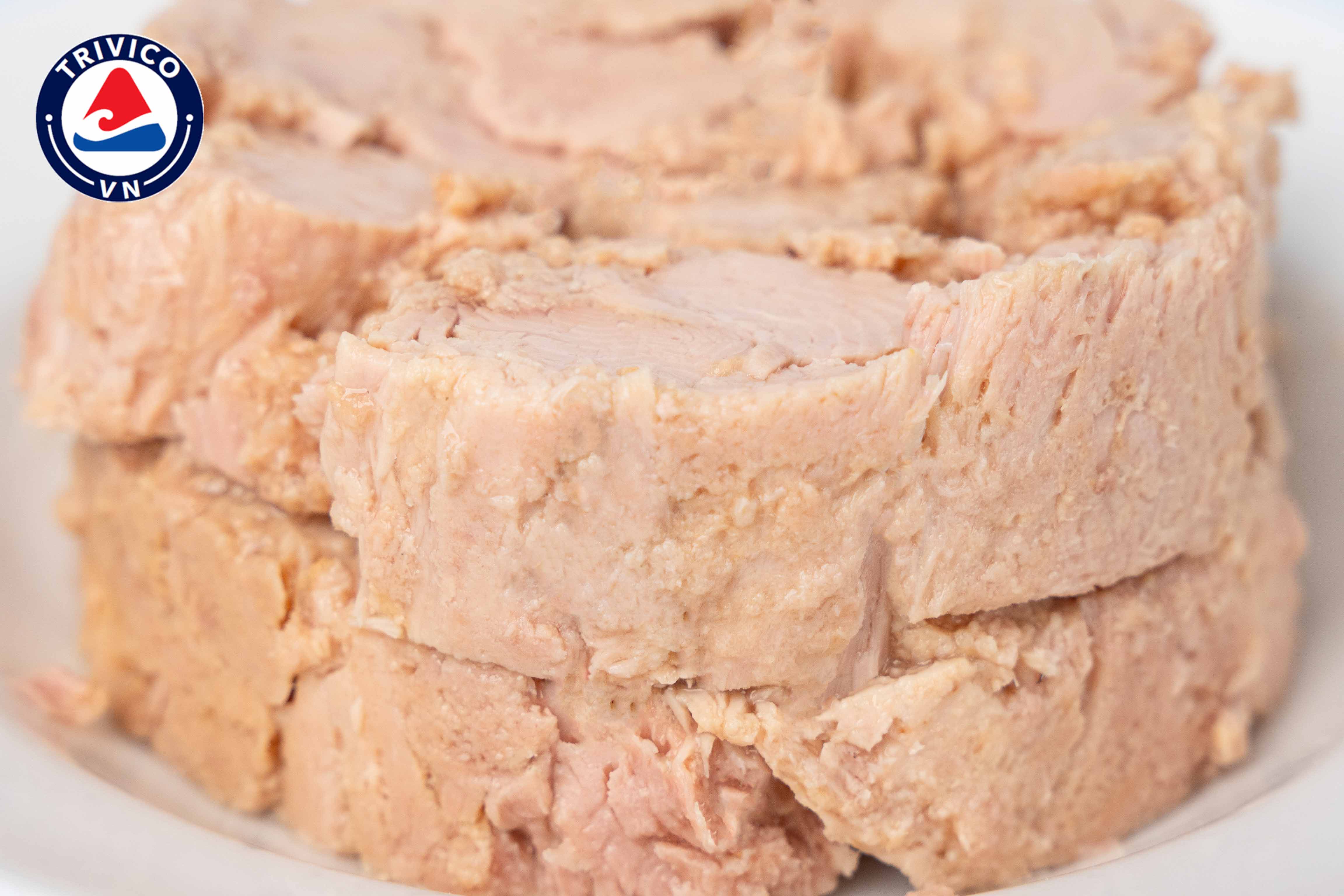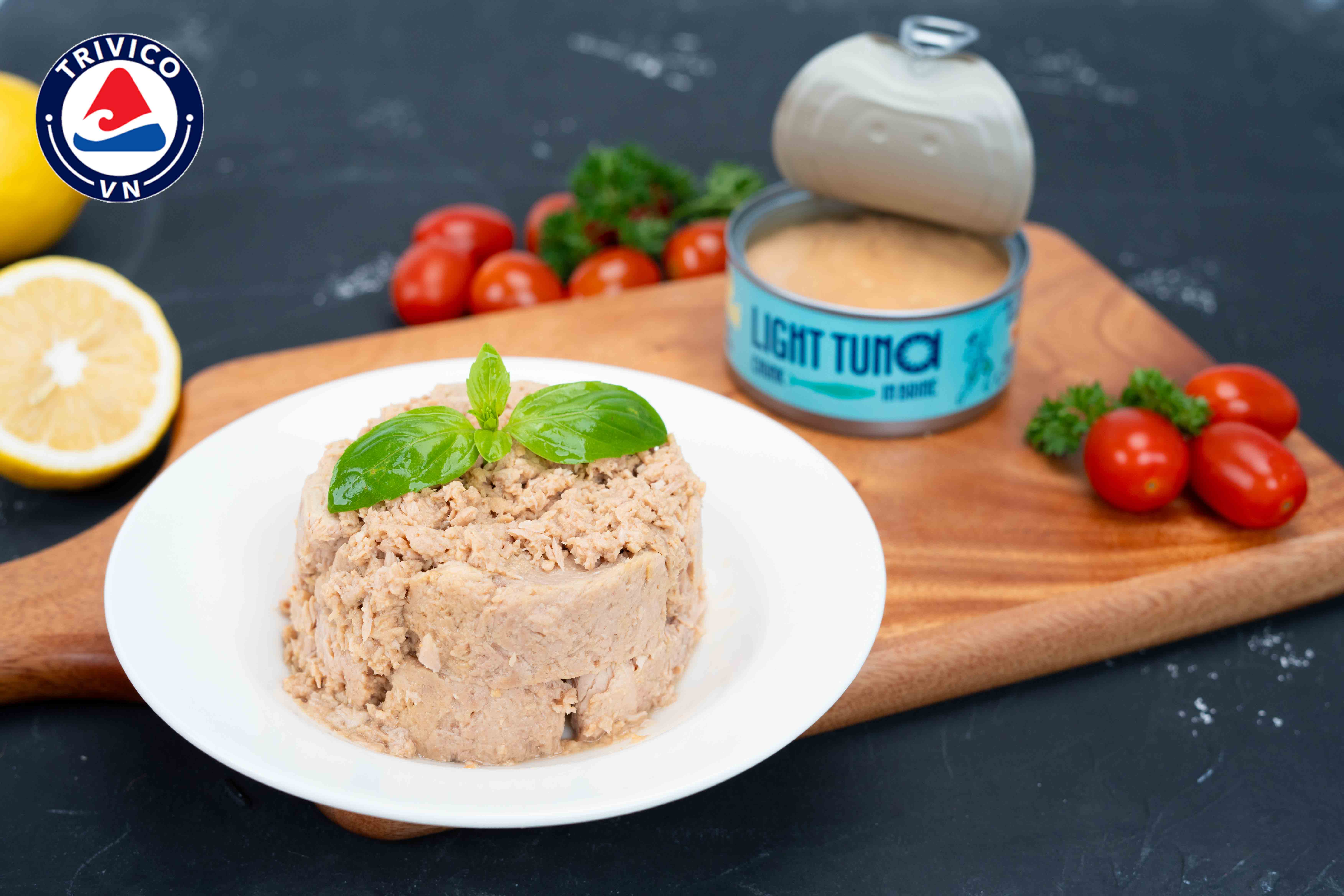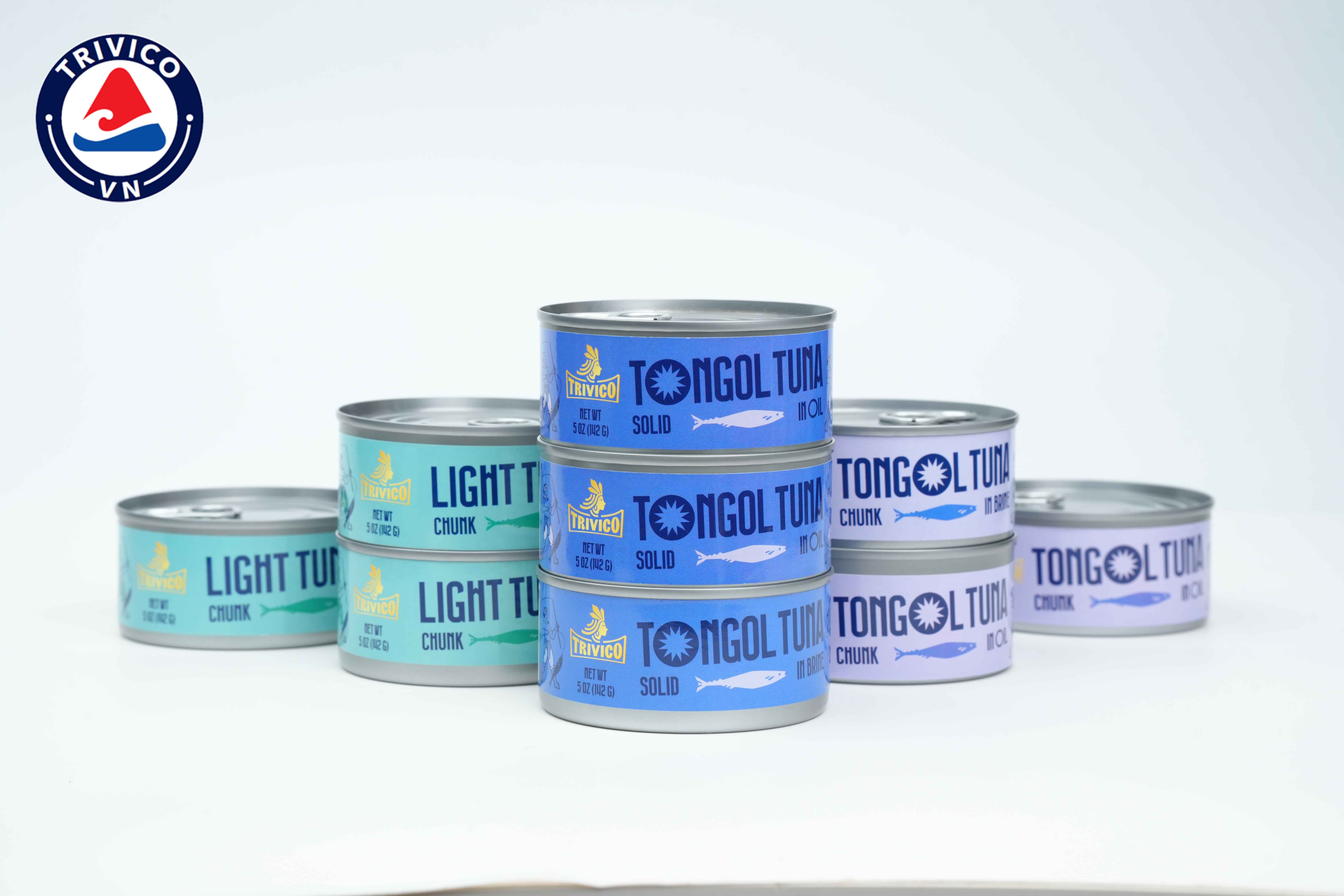
News
 Trinityvietnam
Trinityvietnam
 11:08 - 21/10/2025
11:08 - 21/10/2025
Kien Giang Blue Swimming Crab Fishery Improvement Program Rated Grade A
(vasep.com.vn) In Vietnam, although the crab sector (including both red and blue swimming crabs) remains relatively small compared to other fisheries, crab exports contribute significantly to national seafood revenue. The sector generates an average of over USD 81 million per year and continues to grow.
Red swimming crabs are harvested in many regions, but blue swimming crabs are primarily found in Kien Giang province, with annual landings ranging from 6,000–8,000 tons. The fishery provides livelihoods for approximately 20,000 fishers in coastal communities across the province.
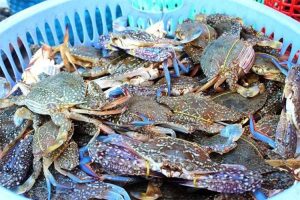
Beyond meeting domestic consumption, the blue swimming crab catch is processed mainly for export to the U.S. market.
Promoting Sustainable Blue Swimming Crab Fishery Development
The Kien Giang Blue Swimming Crab Fishery Improvement Program (FIP) is jointly implemented by the People’s Committee of Kien Giang Province and the VASEP Crab Club, under the Vietnam Association of Seafood Exporters and Producers (VASEP). The program is carried out in collaboration with WWF-Vietnam and technical consultants from the Research Institute for Marine Fisheries (RIMF) and the Institute of Oceanography (IO) in Nha Trang.
Members of the VASEP Crab Club include crab processing and exporting companies serving the U.S. market, which requires products to be sourced from sustainable fisheries. The benchmark for sustainable fisheries certification is the Marine Stewardship Council (MSC) standard.
In 2009, the VASEP Crab Club initiated an assessment of the Kien Giang blue swimming crab fishery against the MSC standard to reduce trade barriers to the U.S. market. The Club hired independent consultants from Poseidon Ltd (Australia) to conduct the initial MSC pre-assessment.
Between 2009 and 2011, the fishery underwent preliminary MSC evaluation. Results indicated critical data gaps in stock status, management, and ecosystem impacts.
Addressing these gaps, the Kien Giang People’s Committee, VASEP Crab Club, WWF-Vietnam, and relevant research institutes developed and launched the Blue Swimming Crab Fishery Improvement Program (FIP), aiming to achieve MSC certification within five years. A comprehensive FIP Action Plan was established and agreed upon by stakeholders in 2012. A Memorandum of Understanding (MOU) for implementation was signed among four parties: the Kien Giang People’s Committee, VASEP Crab Club, WWF-Vietnam, and RIMF.
The Kien Giang Blue Swimming Crab FIP officially commenced in November 2012, coordinated by WWF-Vietnam. All FIP activities and progress updates are publicly available on FisheryProgress.org. Annual work plans are adjusted based on prior-year results.
Throughout implementation, the fishery demonstrated continuous improvements. Initially lacking management and ecosystem data, the fishery gradually built a robust database across key indicators. By 2016, the assessment concluded that achieving MSC certification within five years was highly feasible, with only one indicator remaining for improvement.
Between 2017 and 2019, environmental fluctuations caused a significant drop in crab stocks — landing volumes in 2018 fell to only 2,072 tons, a 73% decline compared to 2013. Consequently, FIP activities were suspended in 2020.
In 2023, VASEP and RIMF resumed the Blue Swimming Crab FIP to continue addressing trade barriers for exports to the U.S. market.
Thanks to the renewed commitment of VASEP and technical partners, the Kien Giang Blue Swimming Crab FIP became active again in 2024, officially listed on FisheryProgress.org in September 2024. FIP activities are implemented according to the updated action plan, with results and progress tracked annually online.
By 2023, blue swimming crab landings had recovered to levels comparable with the 2013–2016 period.
Bycatch and Non-Target Species
Data collected from onboard observations between 2013–2018 under the FIP recorded 288 species across 108 families associated with the blue swimming crab fishery. This indicates that aside from the target species, there are approximately 287 non-target species caught incidentally.
-
Gillnet fisheries accounted for 60.4% of all recorded species,
-
Trap (lú) fisheries 74.1%, and
-
Pot (rập) fisheries 27.8%.
Among these, a few Endangered, Threatened, and Protected (ETP) species — including marine turtles, sharks, and rays — were recorded. However, encounter frequencies were very low.
Analysis of 23,480 catch records from 3,270 fishing logbooks and 365 hauls from 74 onboard observer trips revealed no interactions with marine mammals.
Therefore, the Kien Giang blue swimming crab fishery has no recorded impact on marine mammals within its fishing grounds.
The fishery employs three types of fishing gear: bottom-set gillnets, crab pots, and trap nets.
Management and Assessment
Management of the Kien Giang blue swimming crab fishery is aligned with MSC’s performance indicators and criteria. Since the introduction of the FIP, the fishery has progressed from a data-deficient fishery to one with significant improvements in monitoring and management.
This fishery is among the pioneers in Vietnam adopting management practices based on the MSC information framework.
On August 26, 2025, the U.S. National Oceanic and Atmospheric Administration (NOAA) under the U.S. Department of Commerce issued an official letter to Vietnam’s Directorate of Fisheries and Fisheries Surveillance Department, declining comparability recognition for 12 Vietnamese fisheries, including the swimming crab fishery (Code 2988) employing bottom-set gillnets, traps, and other gears.
As a result, exports of blue swimming crab products to the U.S. market will face restrictions effective January 1, 2026.
However, the Kien Giang blue swimming crab fishery is characterized as a small-scale, nearshore fishery, utilizing bottom-set gillnets, pots, and trap nets operated by vessels under 12 meters in length. Analysis of fishing logs and onboard observer data shows no evidence of marine mammal interactions, affirming that the fishery does not negatively affect marine mammals.
Overall Evaluation
Over the years, the Kien Giang blue swimming crab fishery has continuously implemented its Fishery Improvement Program (FIP) following the MSC framework.
Measures to protect resources and mitigate bycatch of non-target and ETP species have been incorporated into the FIP’s management plan.
All FIP data and progress updates are publicly accessible via FisheryProgress.org.
Given the comprehensive efforts and transparent reporting, the Kien Giang Blue Swimming Crab Fishery possesses the necessary qualifications and evidence to be considered comparable to U.S. fisheries under sustainability and management standards.
